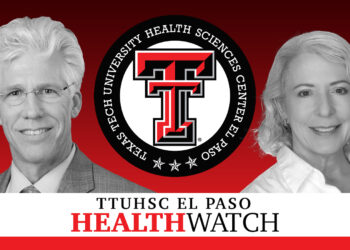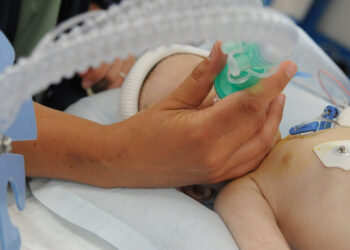TOPLINE:
Urgent care visits frequently result in inappropriate prescribing, with 12.4% leading to antibiotic fills, 9.1% to glucocorticoid fills, and 1.3% to opioid fills. Analysis of over 22.4 million urgent care visits revealed concerning patterns, including 40.8% of acute bronchitis visits resulting in inappropriate glucocorticoid prescriptions.
METHODOLOGY:
- Researchers conducted a cross-sectional study analyzing urgent care visits from January 1, 2018, to December 31, 2022, using Merative MarketScan Commercial and Medicare Supplemental databases representing over 270 million Americans and 12.9 million Medicare supplemental beneficiaries.
- Analysis included 10,773,218 patients with a median age of 34 years (interquartile range, 20-49 years), with 56.6% (n = 8,640,819) being women, from a total of 22,426,546 urgent care visits.
- Primary diagnosis codes were grouped into Clinical Classifications Software Refined (CCSR) categories, with visits containing missing or multiple primary diagnostic codes excluded to ensure accurate assessment of prescription appropriateness.
- Patients could contribute multiple visits only when separated by more than 3 days to allow accurate prescription attribution, with researchers examining inappropriate oral antibiotic, glucocorticoid, and opioid prescription fills for the 10 most common CCSR categories.
TAKEAWAY:
- Analysis revealed that out of 22,426,546 urgent care visits, 2,783,924 (12.4%) led to antibiotic prescription fills, 2,038,506 (9.1%) to glucocorticoid fills, and 299,210 (1.3%) to opioid prescription fills.
- Researchers found that antibiotics were always appropriate for 58.2% (n = 169,782) of upper respiratory infections and 63.9% (n = 325,632) of urinary tract infections, while being frequently filled for never-appropriate indications including otitis media (30.66%, n = 33,001).
- Glucocorticoid prescriptions were commonly prescribed, though generally inappropriate for upper respiratory infections (11.9%, n = 306,658), sinusitis (23.9%, n = 253,513), and acute bronchitis (40.8%, n = 190,302).
- According to the findings, opioid prescriptions, while generally inappropriate, were common for nonback musculoskeletal pain (4.6%, n = 28,048), abdominal pain and digestive symptoms (6.3%, n = 26,143), and sprains and strains (4.0%, n = 18,806).
IN PRACTICE:
“Inappropriate prescribing in urgent care is influenced by clinician knowledge, patient demands, and lack of decision support. Antibiotic, glucocorticoid, and opioid stewardship programs are needed to reduce inappropriate urgent care prescribing and support long-term glucocorticoid and opioid deprescribing efforts,” wrote the authors of the study.
SOURCE:
The study was led by Shirley Cohen-Mekelburg, MD, MS, Division of Gastroenterology and Hepatology and Institute for Healthcare Policy and Innovation, University of Michigan in Ann Arbor, Michigan. It was published online on July 21 in Annals of Internal Medicine.
LIMITATIONS:
The study population was limited to insured patients, which may affect the generalizability of the findings. The analysis was restricted to the most common CCSR categories associated with each drug type, potentially underestimating the extent of inappropriate prescribing. Additionally, the researchers noted that the limitations of administrative data prevented them from elucidating demographic, clinician, or facility details or confirming medication administration.
DISCLOSURES:
The University of Michigan Institutional Review Board (HUM00127665) deemed this study exempt. Disclosure forms are available with the article online.
This article was created using several editorial tools, including AI, as part of the process. Human editors reviewed this content before publication.
Source link : https://www.medscape.com/viewarticle/are-urgent-care-centers-contributing-medication-overuse-2025a1000iyi?src=rss
Author :
Publish date : 2025-07-21 21:05:00
Copyright for syndicated content belongs to the linked Source.













